Dell Precision 5520
Dell’s Precision notebooks are mobile workstations, which has meant that performance used to take precedence over aesthetics – but these days that’s not the case.
This machine serves up high-quality components inside a system hewn from slick metal and carbon fibre, and it’s slim and light.
We’ve reviewed the entry-level Precision 5520, but don’t think this machine is weak – it’s still got one of Intel’s latest processors and Nvidia graphics.
Pricing and Availability
The model we’ve reviewed is the UK’s entry-level notebook. Its Core i5-7300HQ has four 2.5GHz cores Turbo Boost to 3.5GHz, but there’s no Hyper-Threading – so Core i7 machines will be better for multi-tasking.
The memory is mixed. There’s 8GB installed, but it’s only single-channel, and it doesn’t have ECC certification.
The CPU is joined by an Nvidia Quadro M1200, which has 640 stream processors, a 1,093MHz core and 4GB of memory – and, importantly, it’s ISV-certified.
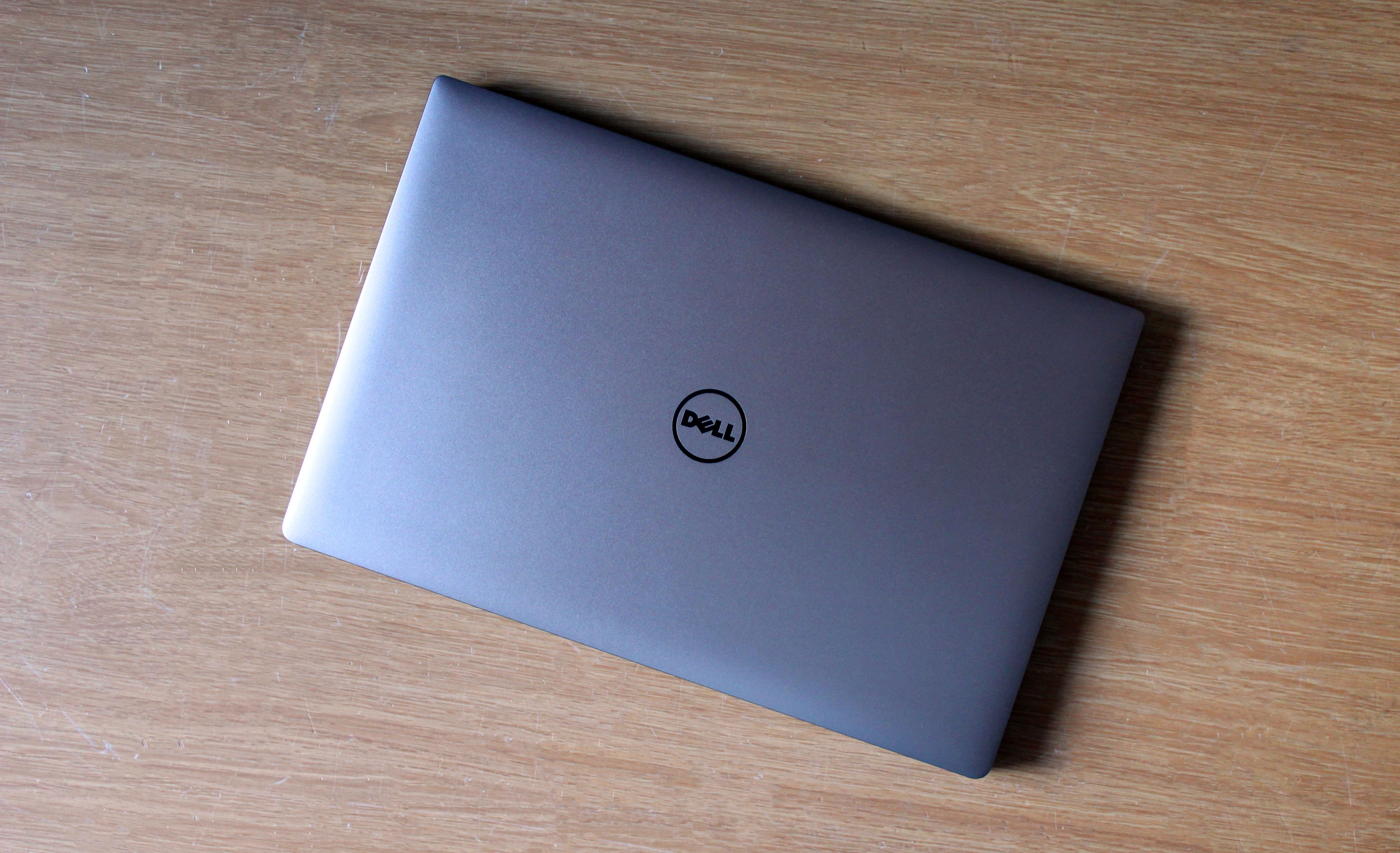
Elsewhere, there’s a 256GB SSD, the machine is protected by a three-year warranty, and it’s got TPM 2.0.
It’s a fine specification, but rivals offer more. The HP ZBook Studio G3 has a Xeon processor, 32GB of memory, a 4K screen and a larger SSD, and the MSI WS63 has a better Quadro GPU, a Core i7 processor and 16GB of RAM. Both are beefier, although they cost around £400 more than the Dell.
Our Precision costs £2,101, and every component can be customised. Several Core i7 chips are available and there are Xeons, with the E3-1505M adding £270 to the price.
Doubling the memory costs £130, and there are a dozen storage options. Upgrading to a 4K screen adds £253, and the battery can be doubled for £37.
Dell’s US approach is different. The firm sells four basic Precision models, with less fine-tuning.
The most affordable machine costs $1,399 and has a Core i5-7440HQ, integrated graphics, a basic hard disk and a 1080p screen. The $1,649 version upgrades to a Core i7-7820HQ and the Quadro M1200, and the $2,279 machine adds more memory, a 256GB SSD and a three-year warranty.
The priciest US version costs $2,979 and it’s got a Xeon processor, 32GB of memory, a 512GB SSD and the Quadro. Despite that, it retains the 1080p screen.
To get 4K you’ll have to spend $299. A few tweaks are available to storage and battery capacity, but that’s it for customisation.
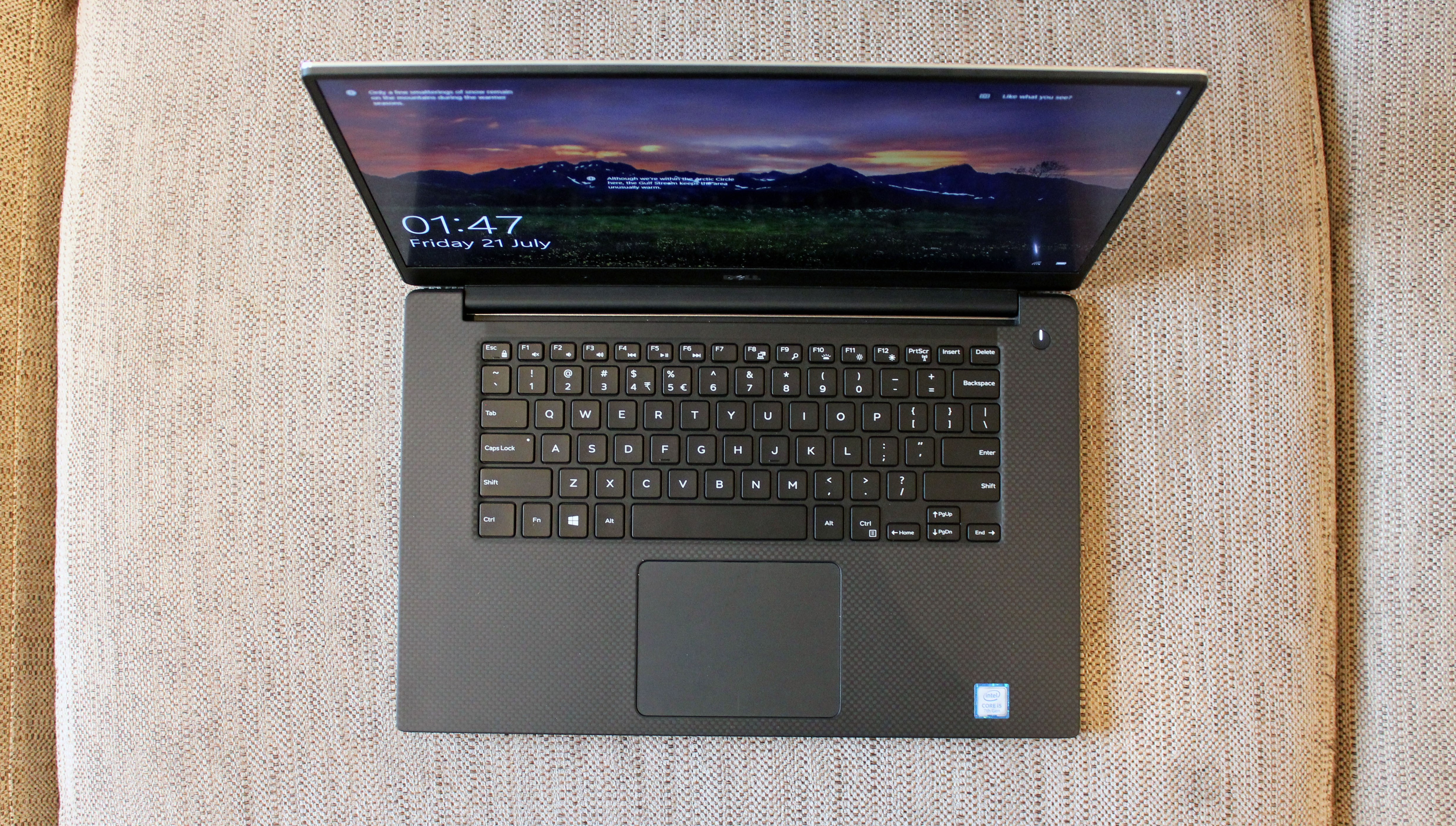
Design
The gunmetal lid extends to the panel’s bevelled edges, and the interior is coated in carbon fibre. The two-tone design looks superb, and build quality is good: the wrist-rest and the base barely flex, and the slim screen exhibits surprising strength.
Dell has built this sturdy system without making it bulky. Its 1.78kg weight undercuts both rivals, although its 22mm body makes it a tad thicker. It’s hardly a dealbreaker, though – this machine can still be easily carried.
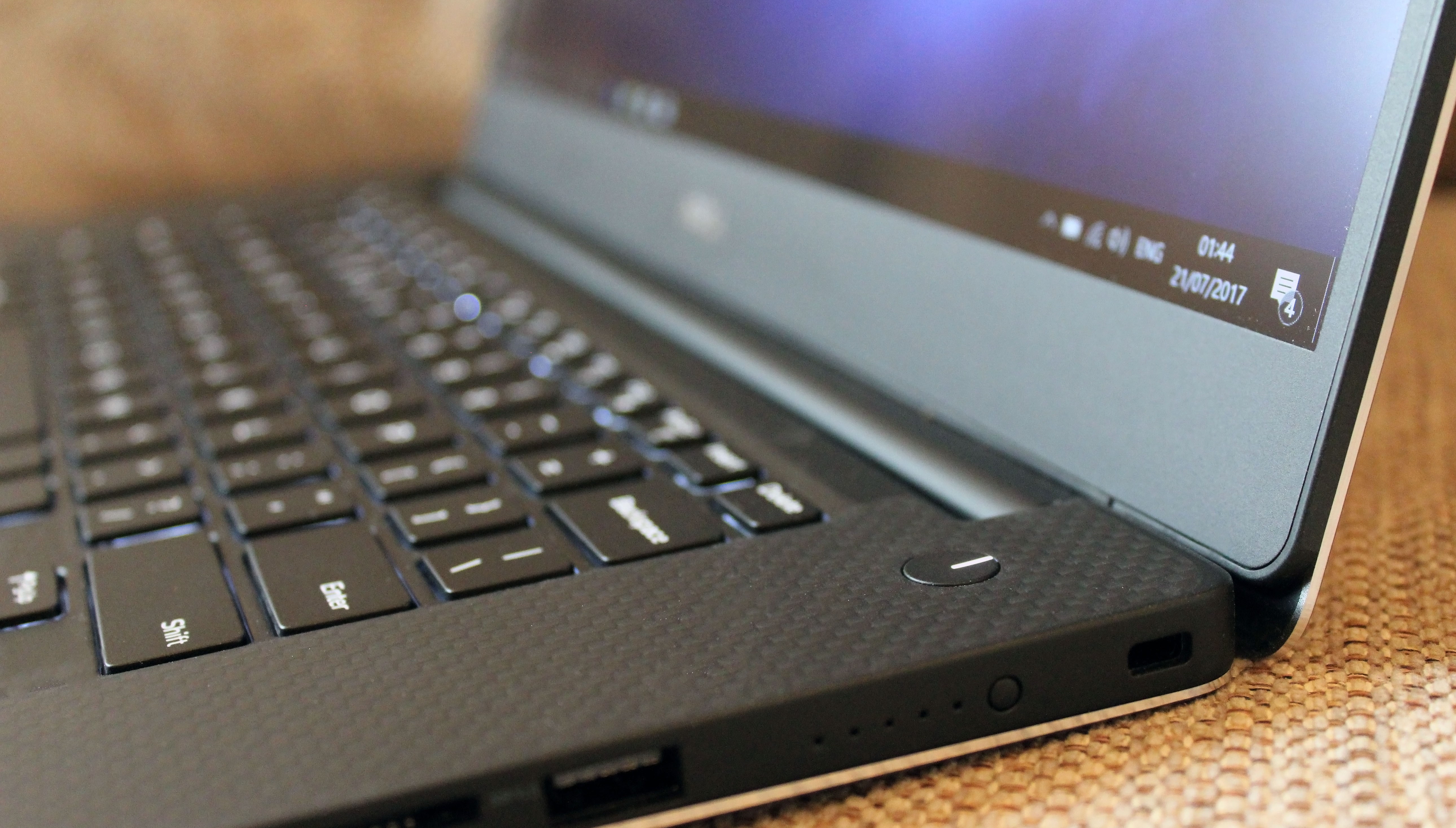
It’s also worth noting the Precision’s width of 350mm, which makes it a couple of centimetres narrower than rivals – achieved by cramming the 15.6in screen inside a 14in chassis.
The Precision 5520 has two USB 3 ports and a Thunderbolt connection alongside a battery indicator and card reader, but no DisplayPort. There are handy applications to manage battery and power, and the Precision Optimizer has profiles for common work tools, like CAD and graphic design utilities.
Less impressively, there isn’t any internal access and the battery can’t be removed.
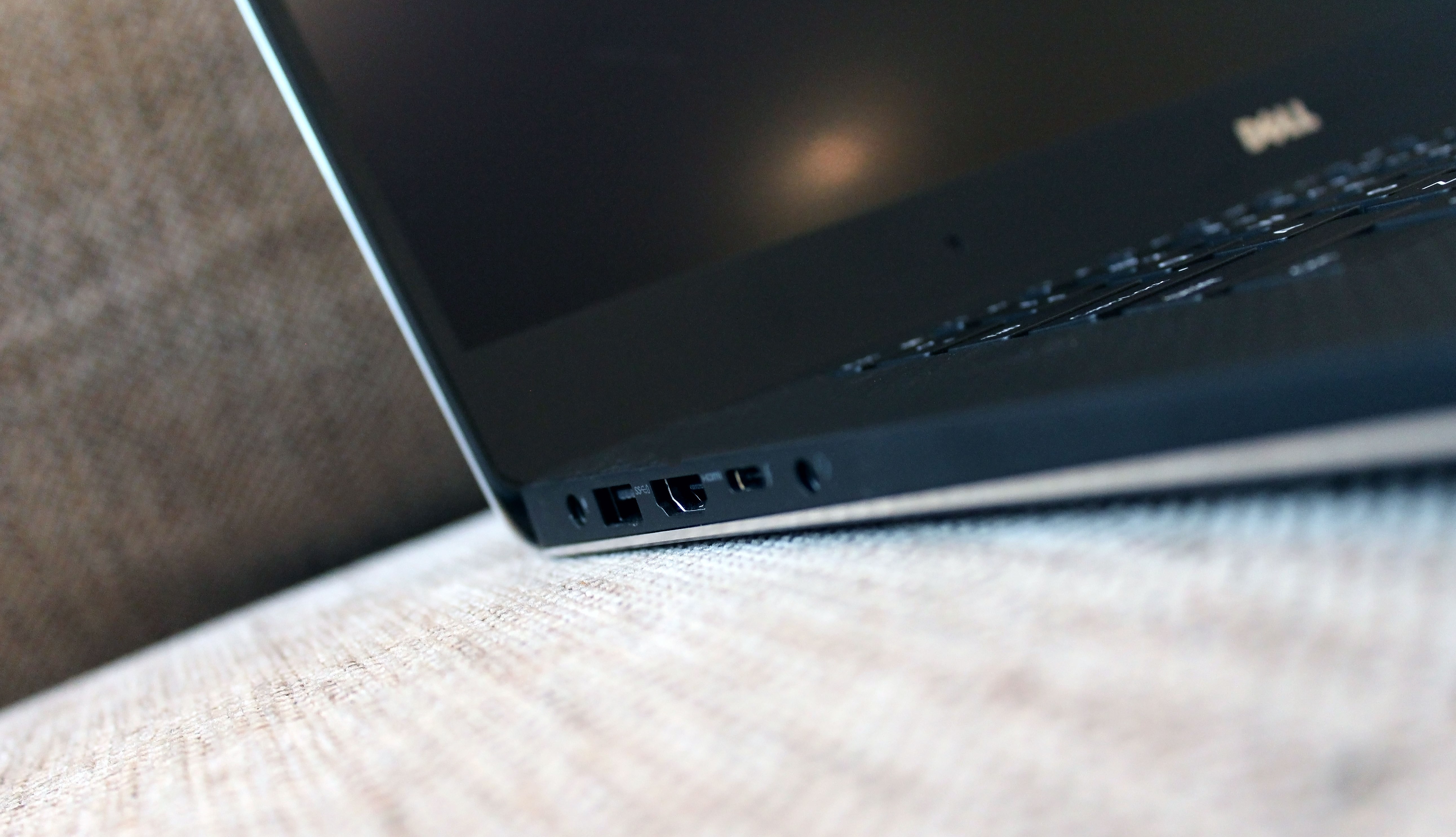
Ergonomics
The Dell has a backlit keyboard with a superb action: the buttons depress with consistency and comfort, so it’s easy to get up to speed. There’s not much travel, but that doesn’t matter – the rock-solid base and snappy motion provide ample feedback.
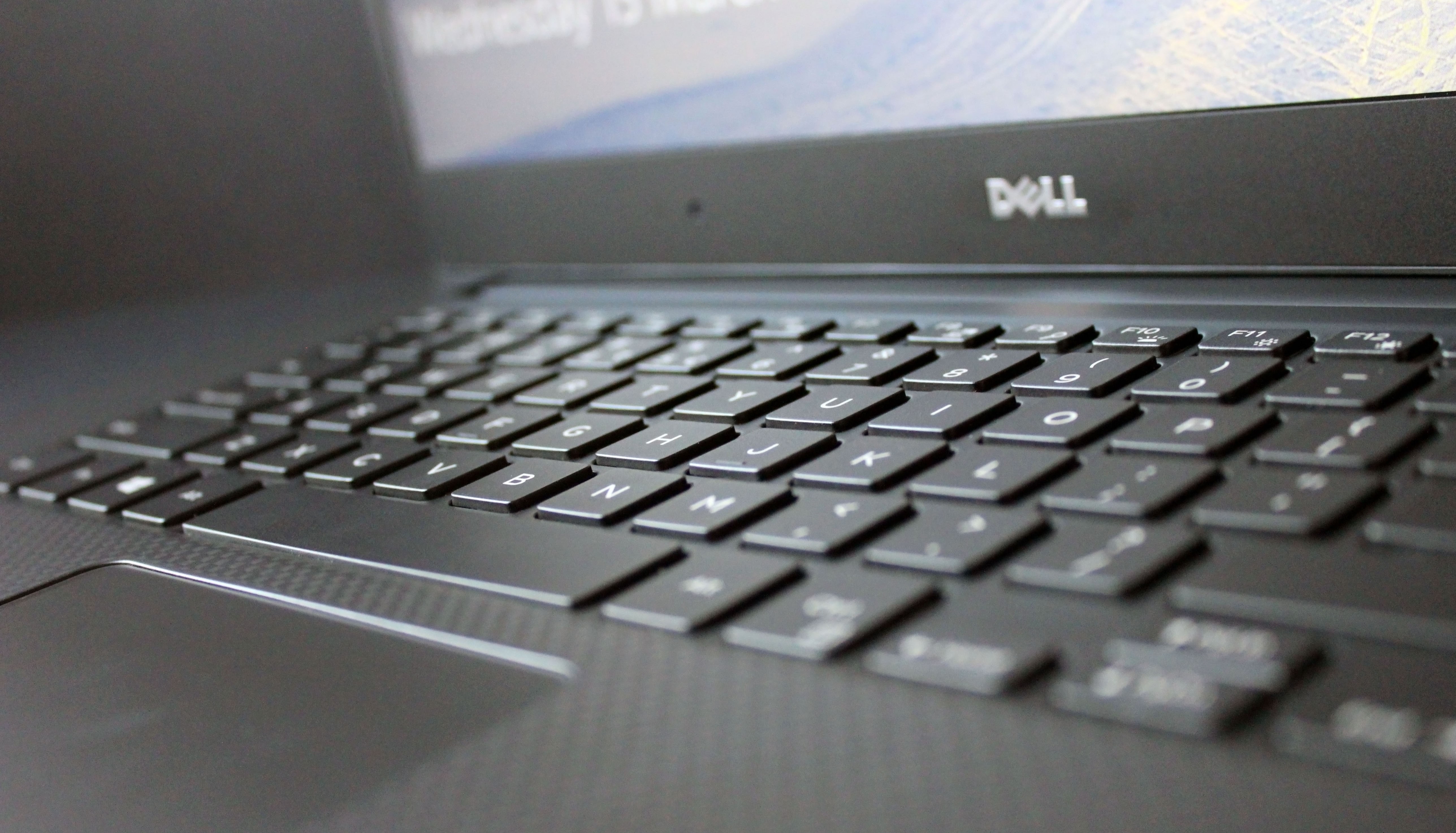
It’s not perfect; there’s no room for a numberpad, the Return key is only single-height, and the cursor buttons are tiny.
Dell has installed a Precision touchpad here, which means it supports the full range of two- and three-fingered gestures. The surface is smooth and precise, and the buttons are satisfyingly clicky.
The Core i5 processor and Nvidia GPU will handle almost all tasks, but they’re the Dell's entry-level components despite the Precision's £2,101 (around $2700, AU$3400) price - and so they sometimes suffer when compared to other workstations that cost only a little more.
The Dell Precision 5520's GeekBench single-core result of 4,004 is good, for instance, but the MSI WS63 and its Core i7-7700HQ processor was better by around 800 points thanks to its Hyper-Threading - an inclusion that will aid multi-tasking.
The lack of Hyper-Threading impacts on the multi-core test, where the Dell scored a solid 10,404 – but the MSI was five thousand points quicker, while the HP ZBook Studio G3 and its quad-core CPU was almost three thousand points faster.
Of course, Dell's entry-level machine can be customised to include comparable processors, but that will increase the cost to the same sort of level as both rival machines - or even higher, depending on what you choose.
The Nvidia GPU provides a boost to graphical tasks. In the Cinebench graphics test the Precision managed 89.65fps, but the MSI and HP machines were faster. More pleasingly, the Dell’s 3DMark Fire Strike score of 3,889 is 500 points better than the HP.
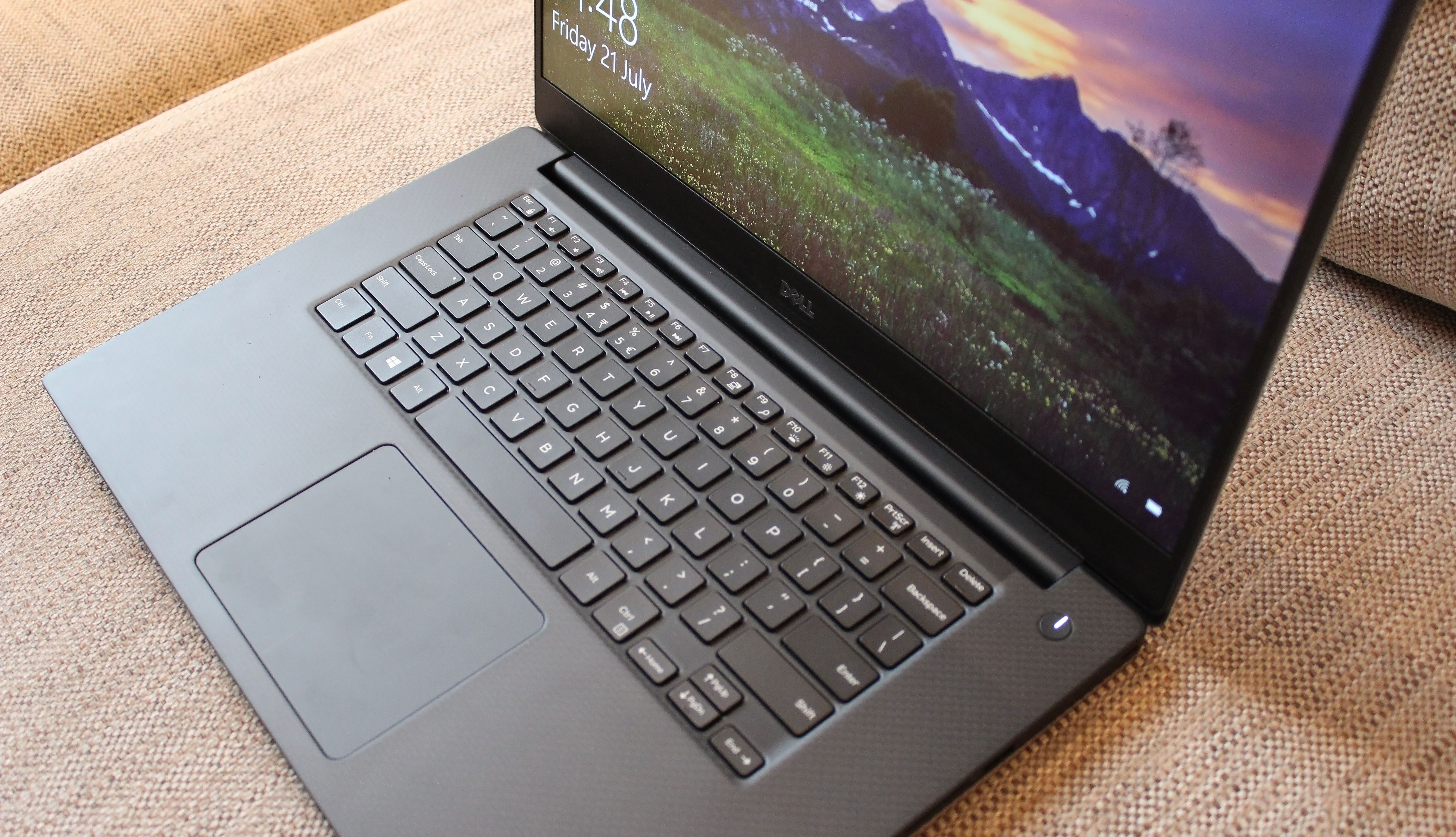
The Dell Precision 5520 doesn’t match rivals in some benchmarks, but we didn't expect this entry-level model to compete with machines with Core i7 chips - and it's not slow, regardless.
The Core i5 processor has enough power to handle all but the most intensive applications, and the Quadro GPU still brings photo-editing and video work into view. It's also worth remembering Dell's extensive customisation options.
It’s got solid longevity, too. Its PC Mark battery result of two hours and 40 minutes snuck ahead of the HP, and it lasted for nearly seven hours in a video test – so with a bit of careful power management, this machine isn’t far from a full day away from the mains.
Dell’s machine ran without thermal issues. The processor’s peak temperature of 91°C is only a tad high, and the heat was properly distributed – the exterior remained cool. The CPU never throttled, and the noise never became intrusive. That’s a far better bill of health than the hot, whining HP.
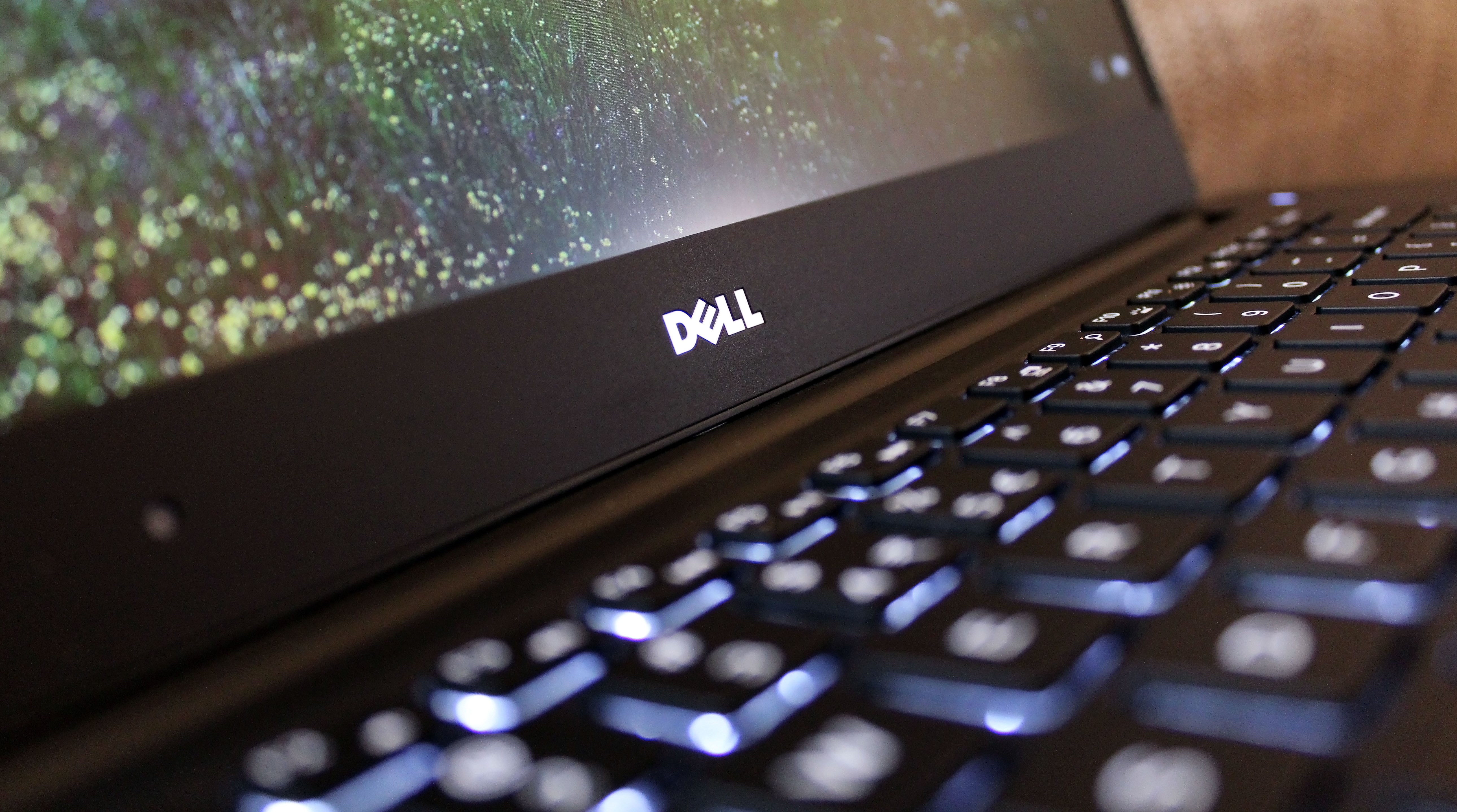
Screen and Speakers
The 1080p IPS panel served up solid benchmarks. Its 1,718:1 contrast ratio is stunning, and the factory brightness level of 378cd/m2 is incredibly bright. Dialling the brightness down to a reasonable 150cd/m2 saw contrast remain excellent at 1,666:1, and black levels are fantastic.
The Dell Precision 5520 delivered an average Delta E of 2.21 – another solid figure that demonstrates highly accurate colours.
Drill down, though, and the Precision 5520’s color performance becomes a little wayward. The temperature of 7,627K is chilly and robs the screen of warmth. The uniformity levels aren’t great, either – the backlight lost 13% of its strength along its bottom row and 12% across the middle.
The final test, color coverage, proved that the Precision 5520 can render a solid 91.8% of the sRGB gamut but only 66.8% of the Adobe RGB gamut.
Those results aren’t reasonable, but they do mean the Precision 5520 isn’t quite good enough for color-sensitive work. It’s still a fine screen, and remains capable with most types of work – and it’s got the chops for after-hours movies and games, too.
The speakers are mediocre. They’re loud and voices are clear, but the mid-range lacks width and clarity – so it sounds muddled whenever there’s a busier moment. There’s hardly any bass, either.
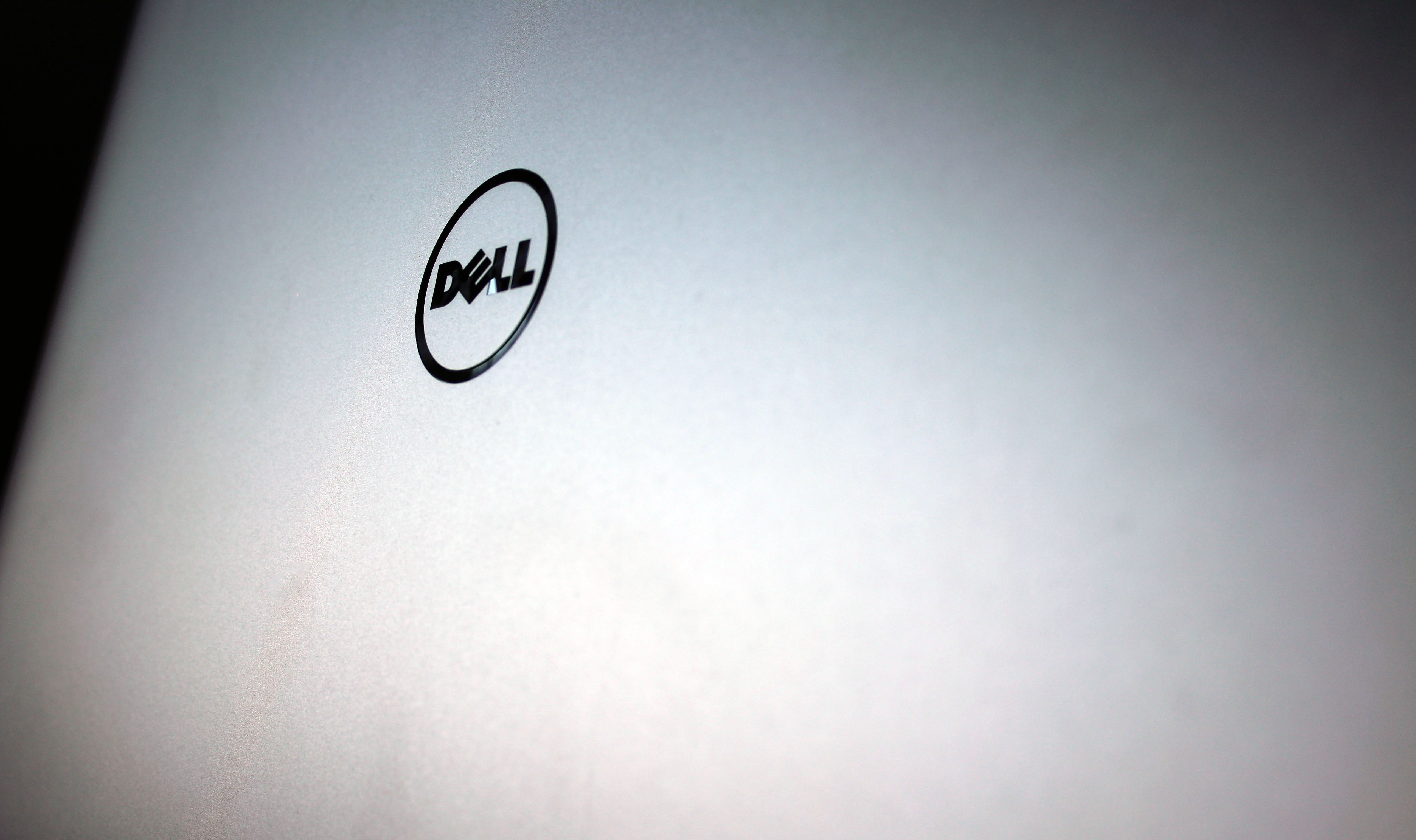
We liked
There’s an awful lot to admire about Dell’s professional portable. It’s a stunning bit of kit, from its carbon-fibre interior to its metallic shell, and it has great build quality and ergonomics. It’s light, and barely thicker than the competition – so it’s easy to use on the road.
The comfortable, classy exterior is paired with good performance. The screen offers decent quality, and the Core i5 processor and Nvidia Quadro GPU have enough power to handle most work applications.
The battery is good, too – almost offering a full day of use away from the mains.
We disliked
The Precision isn’t without issues. Its value, for starters: the MSI WS63 with the same core components is around $500 (£500, around AU$630) cheaper, and the MSI WS63 and HP ZBook machines that we reviewed cost £2,500 and £2,582 – but offered much more.
The Precision’s £2,101 (around $2700, AU$3400) price is high for a machine with a Core i5 chip, and customisation continues to illustrate its high cost: kitting the Dell out with a Core i7-7700HQ, 4K screen, 16GB of memory and a 256GB SSD ramps the price up to a whopping £2,620 (around $3400, AU$4300).
Costs aside, its performance is beaten by rivals, and the screen could have better colour accuracy – especially important for photo work.
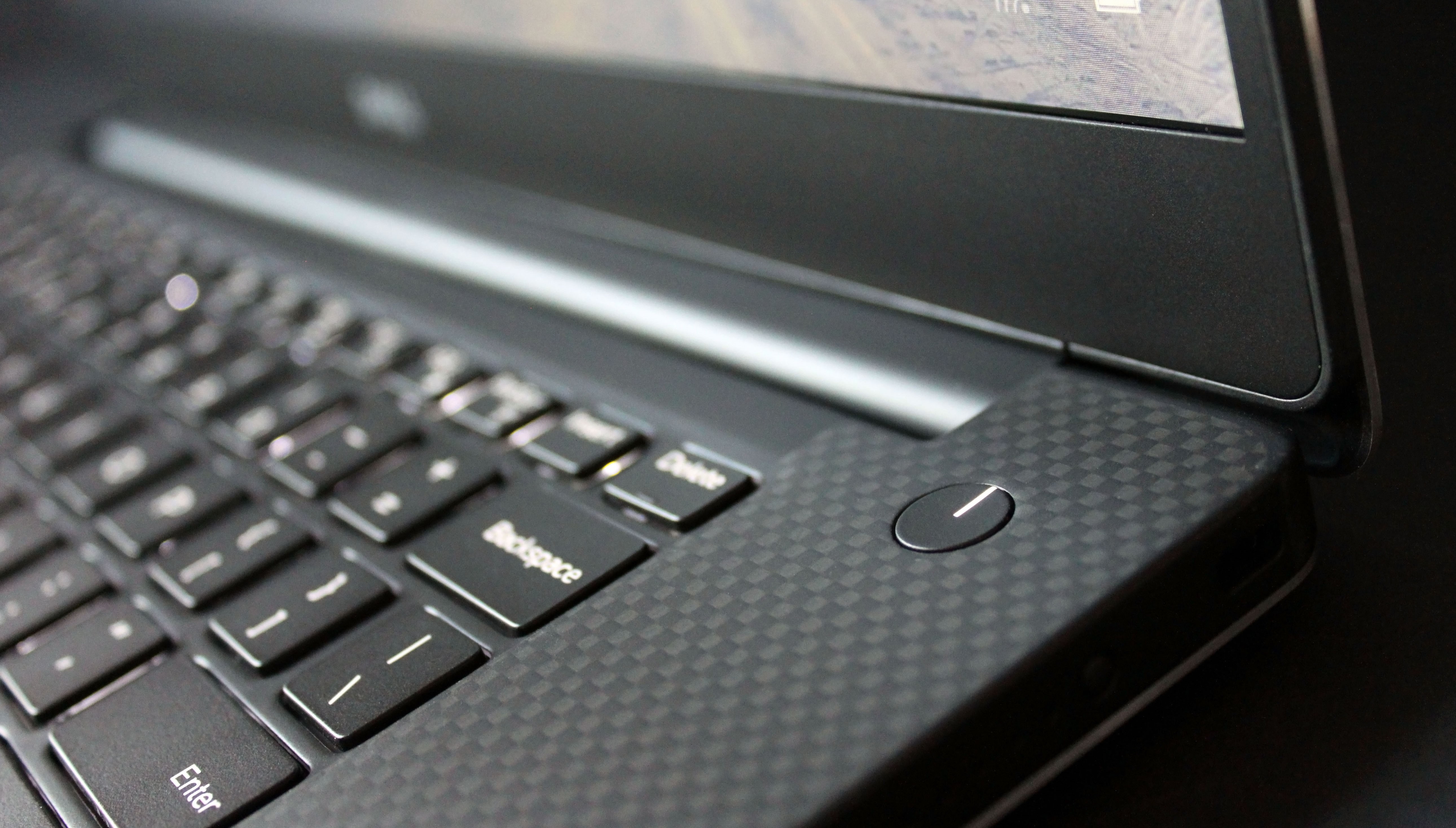
Final verdict
The Precision offers solid performance and high quality in almost every department. The Core i5 processor and Quadro GPU are good, the screen is bright and has reasonably accurate colours, and the Precision is sturdy and ergonomically sound. Its battery life is great, too.
It’s expensive in any configuration, though. £2,101 (around $2700, AU$3400) is a high price for a Core i5 laptop, and kitting the Precision out with components to match rivals makes it more expensive than the competition. It’s a classy bit of kit, but only those with the beefiest IT budgets need apply.
0 comments:
Post a Comment